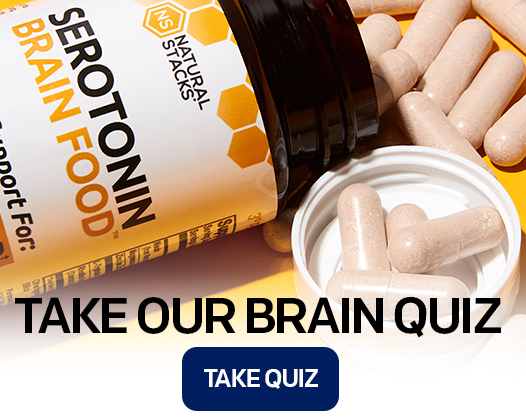References - Could you have a serotonin imbalance?
- Andrews, P. W., Bharwani, A., Lee, K. R., Fox, M., & Thomson, J. A. (2015). Is serotonin an upper or a downer? The evolution of the serotonergic system and its role in depression and the antidepressant response. Neuroscience & Biobehavioral Reviews, 51, 164-188.
- Southwick, S. M., Vythilingam, M., & Charney, D. S. (2005). The psychobiology of depression and resilience to stress: implications for prevention and treatment. Annu. Rev. Clin. Psychol., 1, 255-291.
- Walderhaug, E., Magnusson, A., Neumeister, A., Lappalainen, J., Lunde, H., Refsum, H., & Landrø, N. I. (2007). Interactive effects of sex and 5-HTTLPR on mood and impulsivity during tryptophan depletion in healthy people. Biological psychiatry, 62(6), 593-599.
- http://www.mayoclinic.org/diseases-conditions/serotonin-syndrome/symptoms-causes/dxc-20305673
- Salmon, P. (2001). Effects of physical exercise on anxiety, depression, and sensitivity to stress: a unifying theory. Clinical psychology review, 21(1), 33-61.
- Rueter, L. E., & Jacobs, B. L. (1996). A microdialysis examination of serotonin release in the rat forebrain induced by behavioral/environmental manipulations. Brain research, 739(1), 57-69.
- Chaouloff, F., Laude, D., Guezennec, Y., & Elghozi, J. L. (1986). Motor activity increases tryptophan, 5‐hydroxyindoleacetic acid, and homovanillic acid in ventricular cerebrospinal fluid of the conscious rat. Journal of neurochemistry, 46(4), 1313-1316.
- Davis, J. M., Alderson, N. L., & Welsh, R. S. (2000). Serotonin and central nervous system fatigue: nutritional considerations. The American journal of clinical nutrition, 72(2), 573s-578s.
- Blomstrand, E. (2001). Amino acids and central fatigue. Amino acids, 20(1), 25-34.
- Perreau-Linck, E., Beauregard, M., Gravel, P., Paquette, V., Soucy, J. P., Diksic, M., & Benkelfat, C. (2007). In vivo measurements of brain trapping of 11C-labelled α-methyl-L-tryptophan during acute changes in mood states. Journal of psychiatry & neuroscience: JPN, 32(6), 430.
- Golden, R. N., Gaynes, B. N., Ekstrom, R. D., Hamer, R. M., Jacobsen, F. M., Suppes, T., ... & Nemeroff, C. B. (2005). The efficacy of light therapy in the treatment of mood disorders: a review and meta-analysis of the evidence. American Journal of Psychiatry, 162(4), 656-662.
- Ferraro, J. S., & Steger, R. W. (1990). Diurnal variations in brain serotonin are driven by the photic cycle and are not circadian in nature. Brain research, 512(1), 121-124.
- Cagampang, F. R. A., Yamazaki, S., Otori, Y., & Inouye, S. I. T. (1993). Serotonin in the raphe nuclei: regulation by light and an endogenous pacemaker. Neuroreport, 5(1), 49-52.
- M aan het Rot, M., Benkelfat, C., Boivin, D. B., & Young, S. N. (2008). Bright light exposure during acute tryptophan depletion prevents a lowering of mood in mildly seasonal women. European Neuropsychopharmacology, 18(1), 14-23.
- Young, S. N. (1986). The clinical psychopharmacology of tryptophan. Nutrition and the brain (USA).
- Thomson, J., Rankin, H., Ashcroft, G. W., Yates, C. M., McQueen, J. K., & Cummings, S. W. (1982). The treatment of depression in general practice: a comparison of L-tryptophan, amitriptyline, and a combination of L-tryptophan and amitriptyline with placebo. Psychological medicine, 12(4), 741-751










